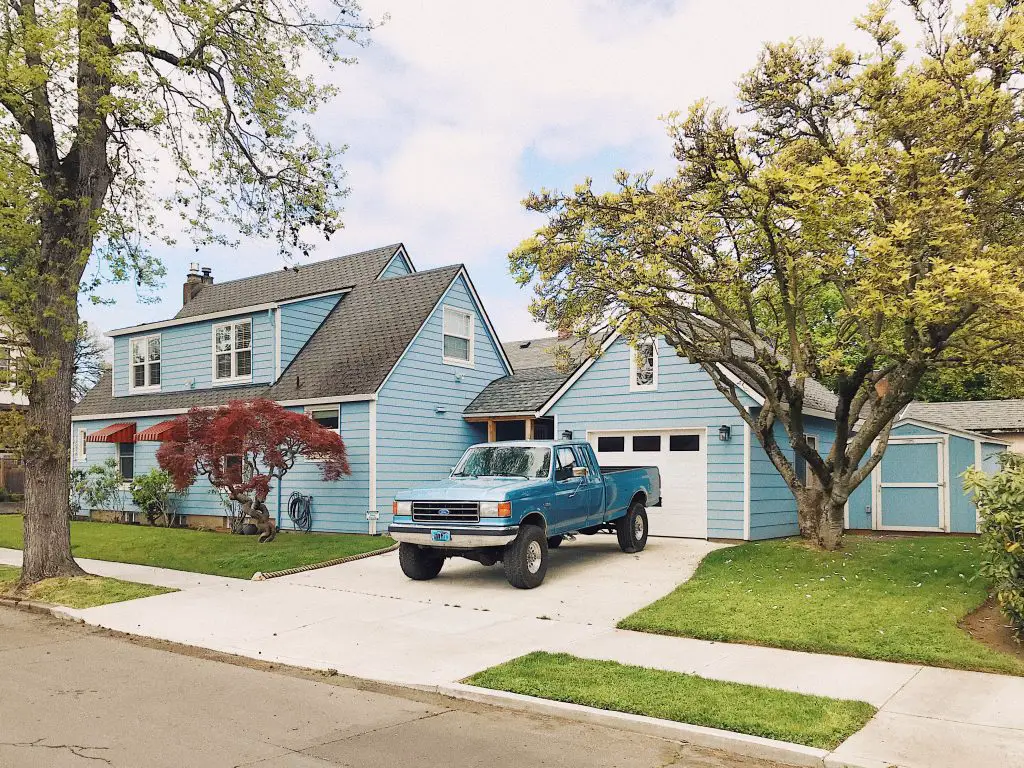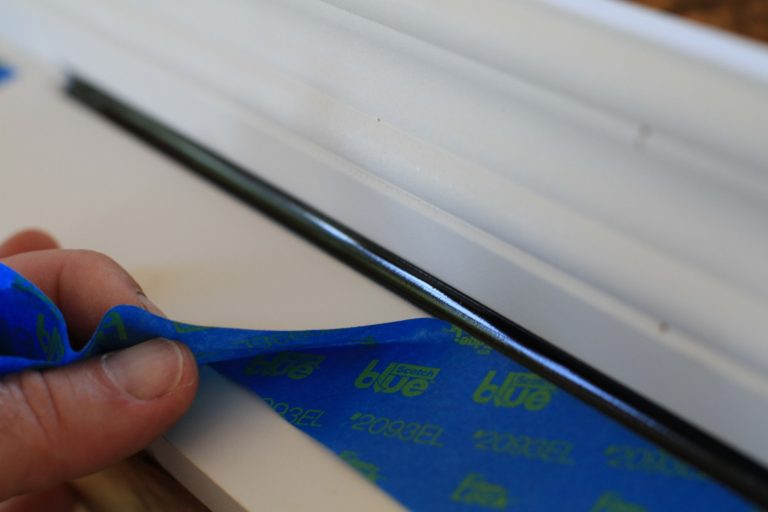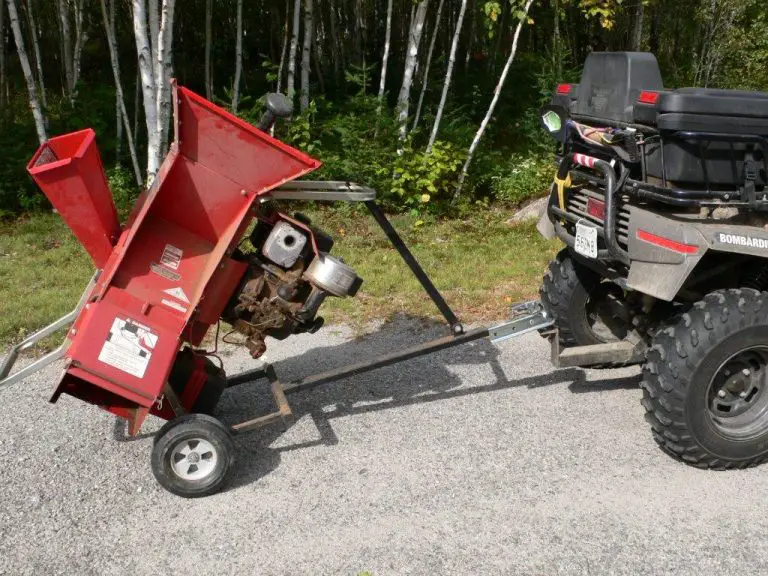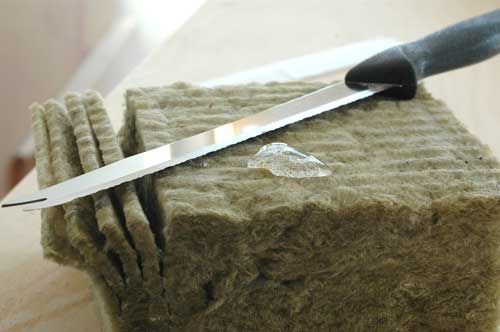A concrete driveway is an excellent option for any home because they work well and they look good. If you’ve got a concrete driveway at your house, you already know how good they can look. Not only that, but maintaining a concrete driveway is also cheaper than other materials used for the job. Here’s how to keep yours looking good and lasting long.

Use a Sealer Whenever Necessary
You don’t have to apply a sealer to your concrete driveway, but there are two reasons to consider one. Sealers protect exterior concrete from being permanently stained by oil that drips from vehicles, and sealers let the concrete last longer in cold climates that get sub-freezing temperatures. A good rule of thumb is to applya sealer every two years. There are many good sealers on the market. Got an asphalt driveway instead of a concrete one? Claremont Asphalt Driveways is one place where you can ask for advice on asphalt installations.
Remove Stains Promptly
Even though you’re primarily using a sealer to prevent your driveway from absorbing stains, you still need to clean your driveway from grease, oil, gasoline, and any other types of spills as they occur. The sooner you can remove the liquid causing stains the better. No sealer can protect against stains from a liquid that sits there for week. Remove the liquid as you see it.
Avoid Deicing Chemicals as Much as Possible
Sure, deicing chemicals can be helpful when melting ice on your driveway, but did you know that they can also damage your concrete driveway? Deicing chemicals can cause scaling and flaking because they force the moisture to thaw and refreeze on your driveway.
Not only that, if you have no choice but to use deicing chemicals, use one with no ammonium nitrates and ammonium sulfates because it can attack the concrete chemically. Instead, you can use alternatives like volcanic rock products that do the job without causing damage to concrete or surrounding plants. If you have a new driveway, you shouldn’t use deicers in its first winter since new concrete is more susceptible to damage.
Patch Problem Areas Immediately
If the concrete already has cracks or parts of it have already broken off, patch the with new concrete immediately. You should do this before the weather can further damage your driveway. You can also find many patching compounds on the market, so you don’t have to look far. Be sure to use a liquid bonding agent to replace half of the water used to mix your patching compound, and brush more bonding agent onto the repair area before troweling on the patching material. Give the patch 3 months to cure before applying a sealer.
Remove Snow Properly
It’s easy to use deicing chemicals, but as I mentioned earlier these chemicals contain substances that can damage your concrete driveway. This is especially true with new concrete because the melting and refreezing of the moisture can lead to spalling and scaling. You can use tools to manually break the ice but it’s easy to damage the concrete and leave marks that will be visible after winter. If you want traction, consider sand or volcanic rock traction aides.
Park Smart
Concrete is strong, but the edges of any concrete driveway are the weakest areas. Avoid driving any closer than 12 inches from the edges of your driveway to avoid causing them to break off. The larger the vehicle, the more important this is.
Final Words
Concrete is tough and adds a polished look to one’s house, but it can break and show cracks on the surface without proper maintenance. Keep on top of things yourself and your concrete driveway will last long and look great. Got more money than time? Check out a concrete driveway maintenance contractor in your area.












